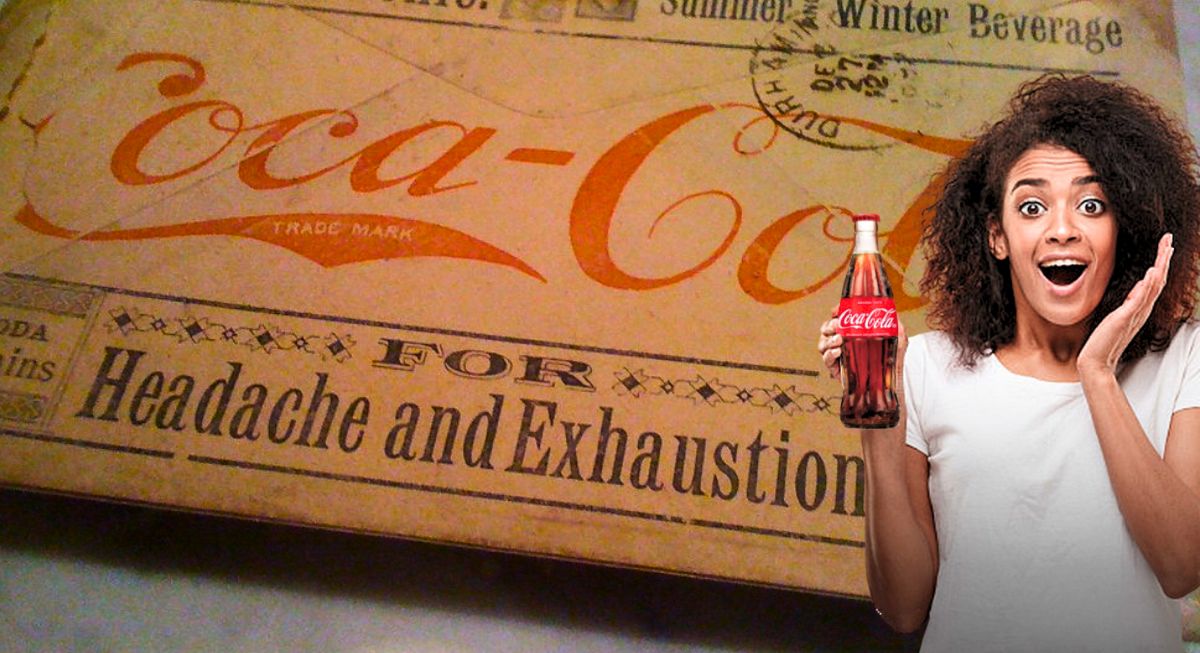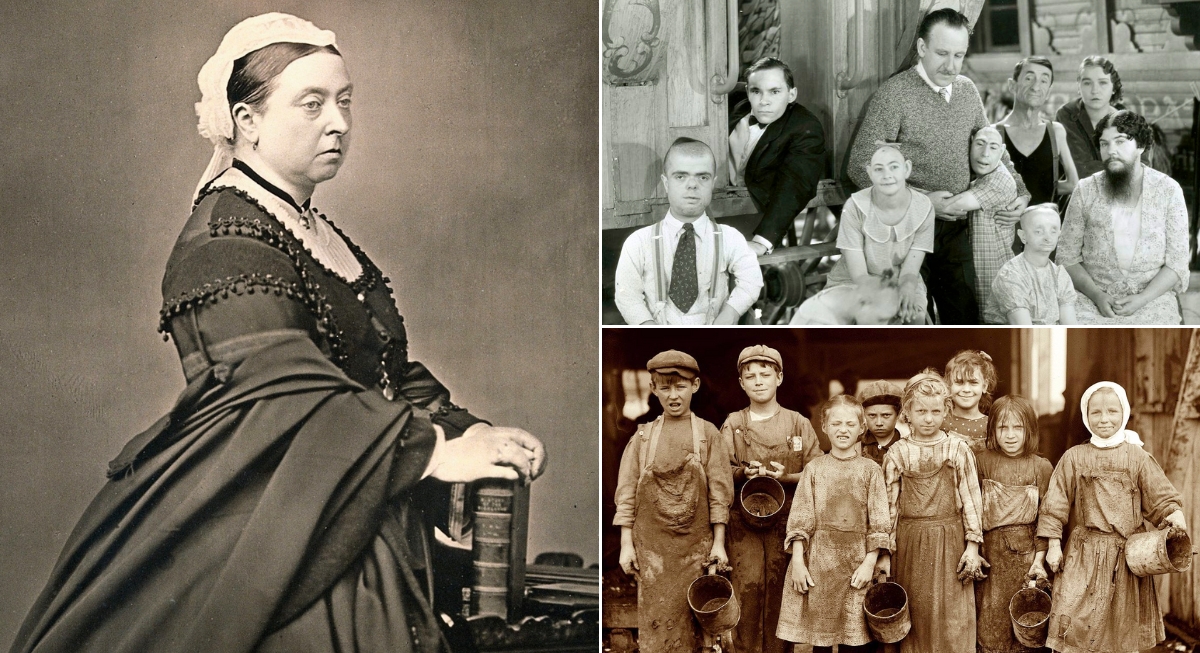Did you know that Coca-Cola was a failed cure for headaches?
We like to believe that every great invention starts with a genius plan. But sometimes, success sneaks up when no one’s looking. Some of America’s most noteworthy brands didn’t begin as a billion-dollar idea. They started as accidents or weird experiments gone right. Let’s learn more about brands that weren’t supposed to exist – but changed the world anyway.
Coca-Cola
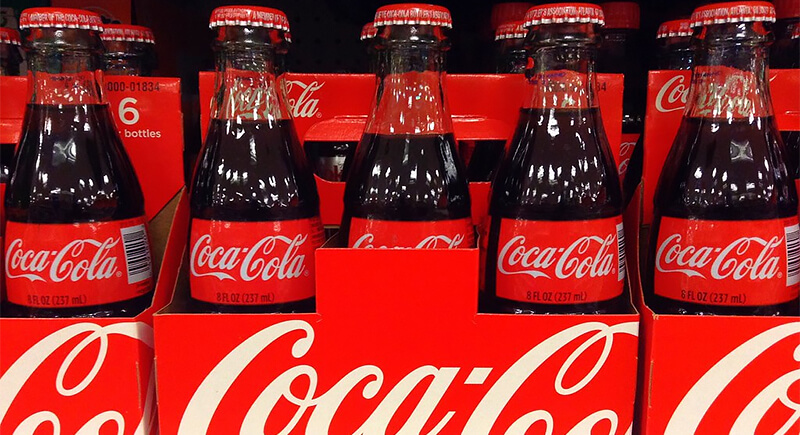
Credit: flickr
Coca-Cola wasn’t meant to be a soft drink—it was a failed headache remedy. In 1886, pharmacist John Pemberton mixed coca leaves, kola nuts, and carbonated water in an attempt to create a medicinal tonic. Instead, he accidentally invented a refreshing beverage that remains one of the world’s most popular drinks today.
Kellogg’s Corn Flakes
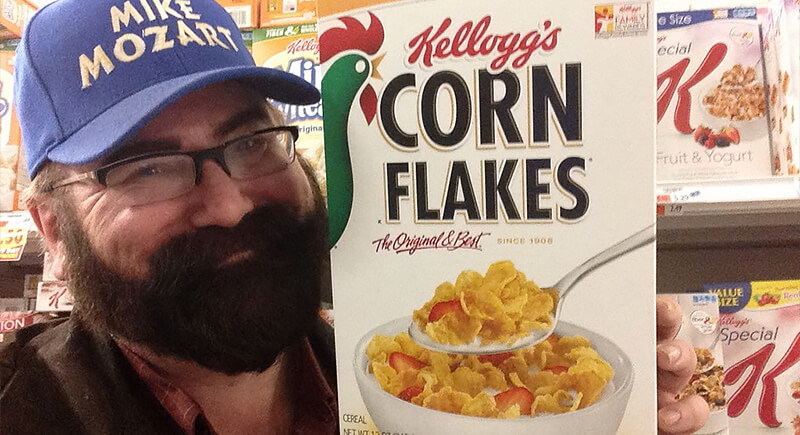
Credit: flickr
Corn flakes are another popular food that was created by accident in 1894. John and Will Kellogg accidentally left boiled wheat sitting too long. When they rolled it out, it crumbled into flakes. Instead of discarding it, they baked the flakes and created the crispy cereal we now know as Kellogg’s Corn Flakes.
Play-Doh
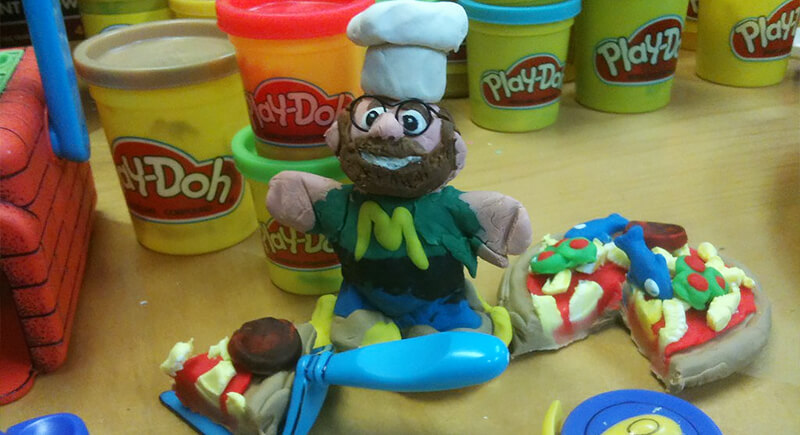
Credit: flickr
In the 1930s, Noah McVicker created a moldable putty to remove coal soot from walls. But when homes switched to gas heating, their sales plummeted. One of his teachers suggested repurposing it as a modeling compound for kids, and thus, Play-Doh became an instant hit.
Teflon
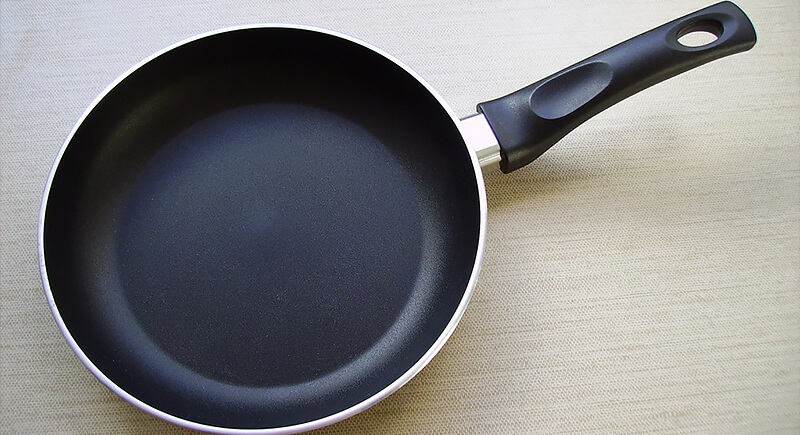
Credit: flickr
Teflon was discovered by a chemist named Roy Plunkett in 1938 when he wasn’t looking for it. He was experimenting with refrigerant gases when he accidentally created a nonstick and heat-resistant material. Years later, a French chef coated cookware with it and created the first Teflon pan.
Chocolate Chip Cookies
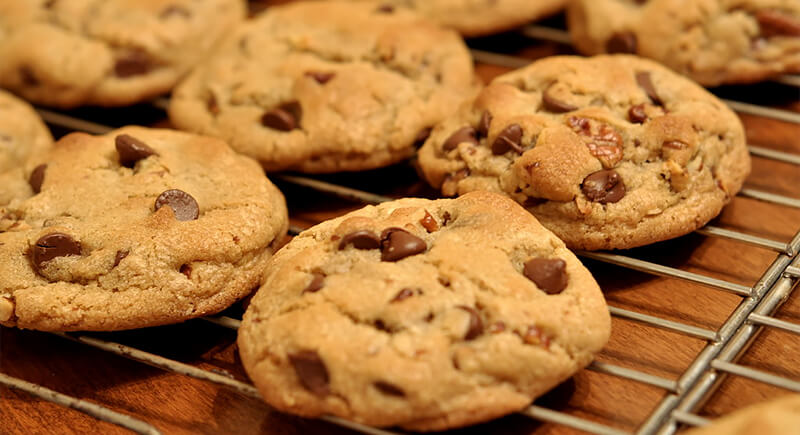
Credit: flickr
When Ruth Wakefield ran out of baking chocolate in the 1930s, she chopped up a Nestlé chocolate bar and hoped it would melt evenly into the dough. Instead, the chocolate held its shape to create the first-ever chocolate chip cookie. Nestlé later bought her recipe and now sells billions of cookies worldwide.
Silly Putty
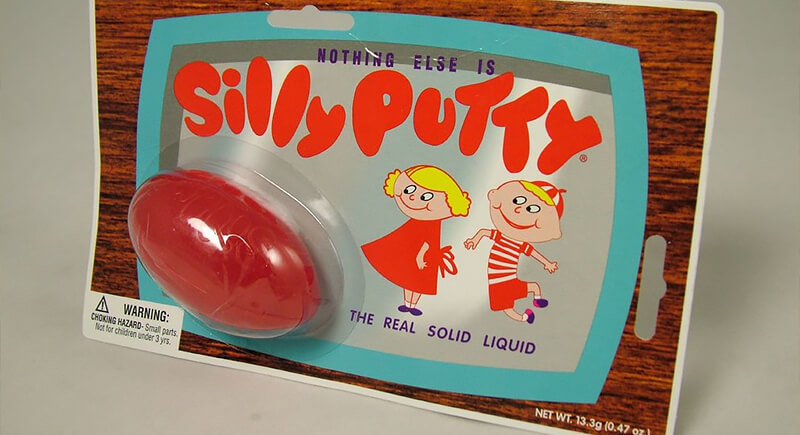
Credit: flickr
During World War II, scientists tried to create a rubber substitute but ended up with a stretchy putty that had no practical use. Rather than scrapping it, marketers repackaged it as a toy. Crayola, which owns the Silly Putty brand and claims to have sold over 300 million Silly Putty eggs since 1950.
Flamin’ Hot Cheetos
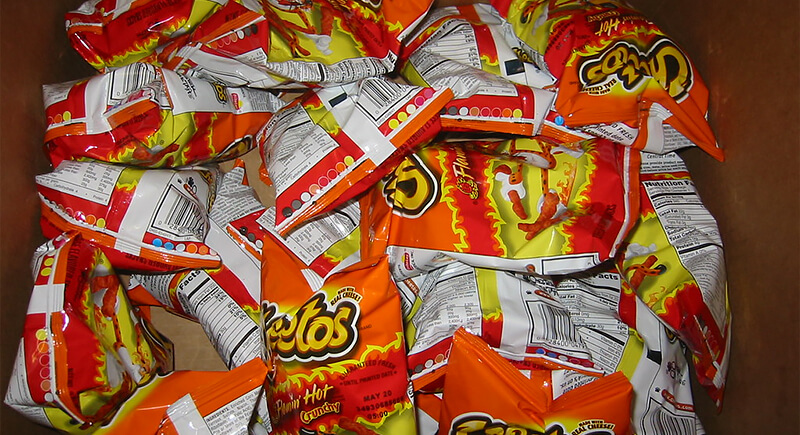
Credit: flickr
A janitor at Frito-Lay experimented by adding chili powder to Cheetosin in an attempt to create elotes. Richard Montañez’s bold idea impressed executives and led to the creation of Flamin’ Hot Cheetos. The product became one of Frito-Lay’s best sellers and has a fan following around the world.
Dr Pepper

Credit: flickr
Dr Pepper was discovered by a Texas pharmacist and was never supposed to be a soda. Charles Alderton loved the scent of fruit syrups in his drugstore. In 1885, he started mixing flavors for fun and created a bold soda with spicy flavors. Customers kept asking for “that new drink,” and Dr Pepper became America’s oldest major soft drink brand.
Reese’s
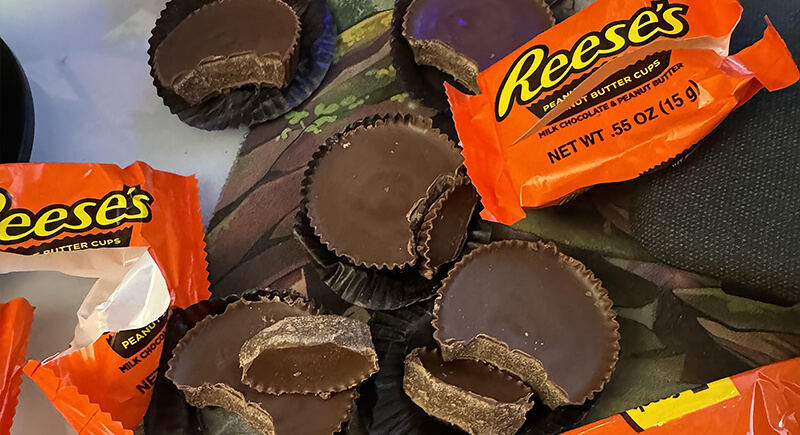
Credit: Reddit
H.B. Reese worked at Hershey’s chocolate factory in the 1920s but wanted to make his own candy. He experimented in his basement and created chocolate-covered peanut butter cups. Its demand skyrocketed, and Reese’s became so popular that Hershey bought the brand for millions.
Wrigley’s Gum
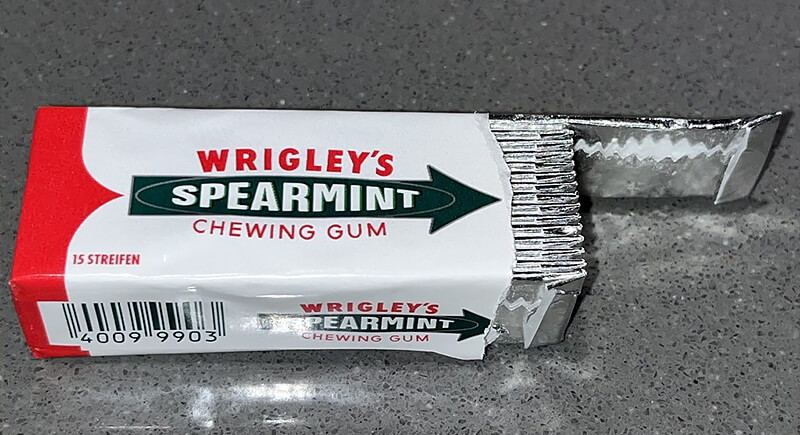
Credit: flickr
William Wrigley Jr. was in the soap and baking powder business and never planned to sell gum. To boost his sales for the original products, he started giving away free gum with every purchase. Customers loved the gum more than the actual product, which encouraged him to pivot entirely to chewing gum and become one of the largest gum brands in the world.
Gatorade
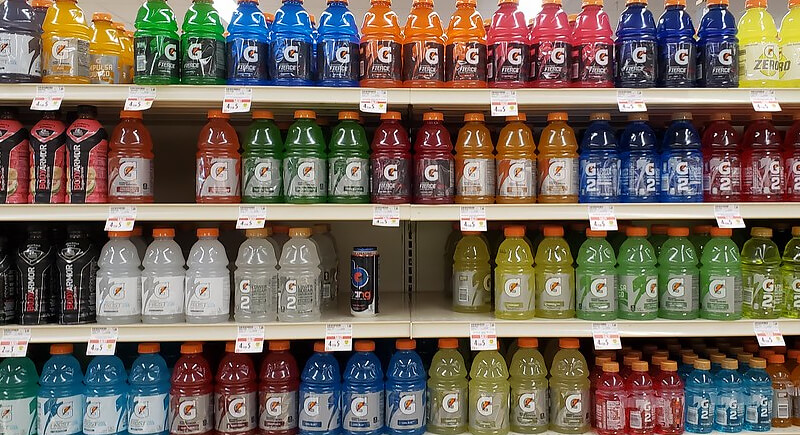
Credit: flickr
Gatorade was a university science project. In 1965, Florida Gators coaches asked doctors to help players stay hydrated in extreme heat. Their homemade electrolyte drink worked so well that the team dominated the season. Soon, it hit the market and became the top-selling sports drink in the world.
7-Eleven
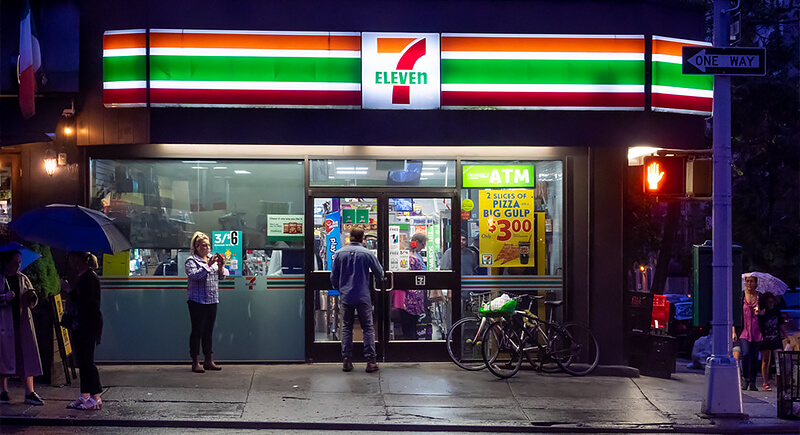
Credit: flickr
A business that delivered ice accidentally became a convenience store giant–yes, we’re talking about 7-Eleven, which started as an ice delivery company in Texas in the 1920s. Customers kept asking for milk, bread, and other essentials, so employees stocked extra items. When people started coming just for the groceries, the company went from ice to retail. The brand now has over 80,000 locations worldwide.
Morton Salt
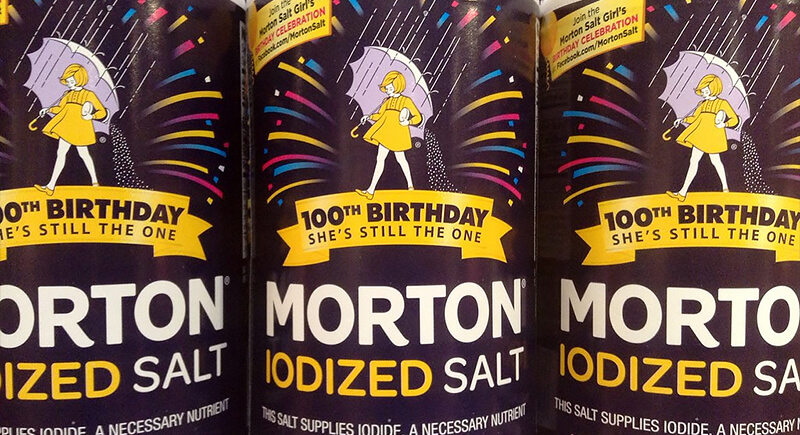
Credit: flickr
In the early 1900s, Morton Salt noticed humidity made salt clump together. To solve this, chemists added magnesium carbonate which allowed the salt to flow freely. This led to the famous slogan, “When It Rains, It Pours,” and made Morton America’s top-selling salt brand.
Super Glue
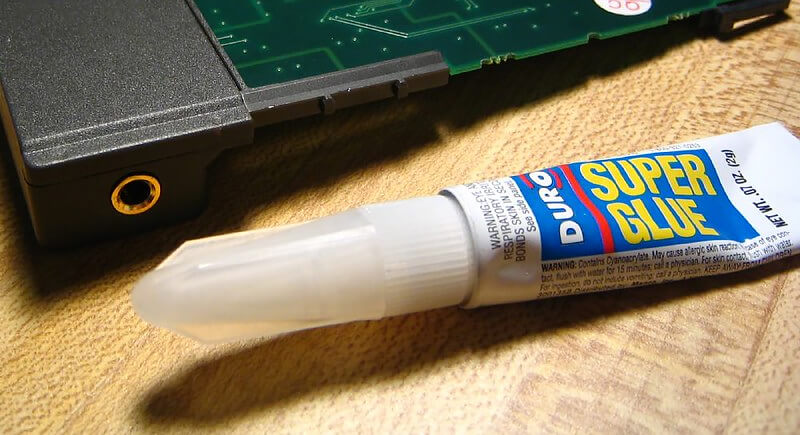
Credit: flickr
In 1942, Dr. Harry Coover attempted to create a clear plastic for gun sights during World War II. He accidentally synthesized a substance that stuck to everything it touched. Though it was initially deemed too sticky for his project, the substance was later recognized for its potential as a strong adhesive and marketed as Super Glue.
Popsicle

Credit: freepik
Popsicle is not just a beloved treat but an accidental invention that’s loved to date. In 1905, 11-year-old Frank Epperson accidentally left a mixture of powdered soda, water, and a stirring stick on his porch overnight. The cold temperatures froze the mixture and created the first Popsicle. Years later, Epperson patented his "frozen confectionery" and began selling Popsicles.

